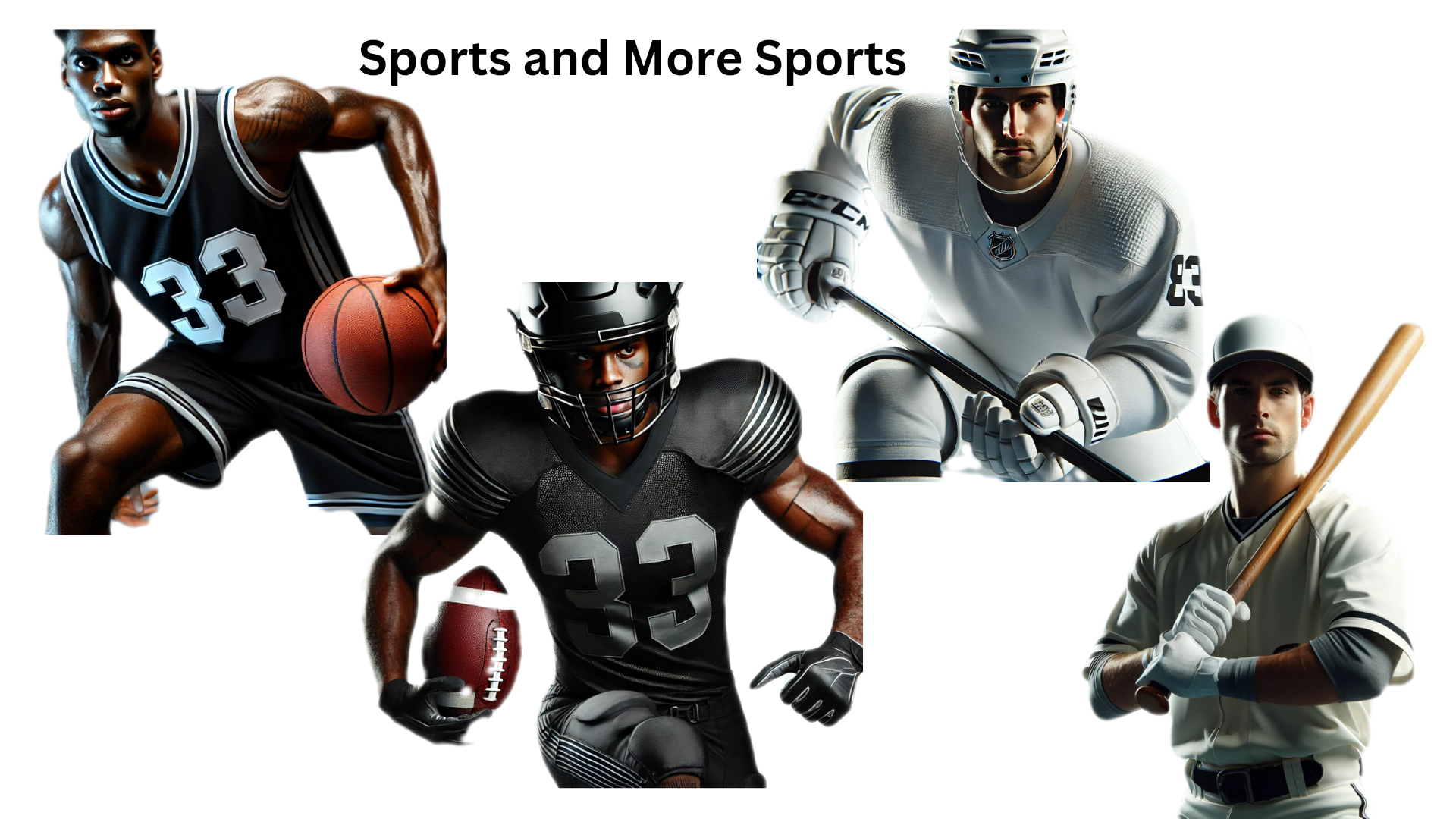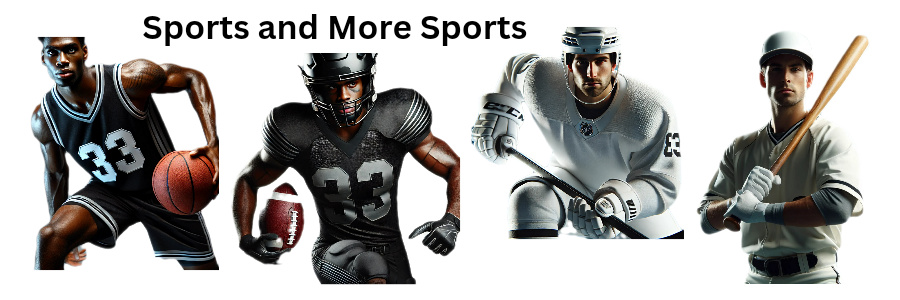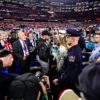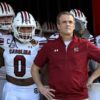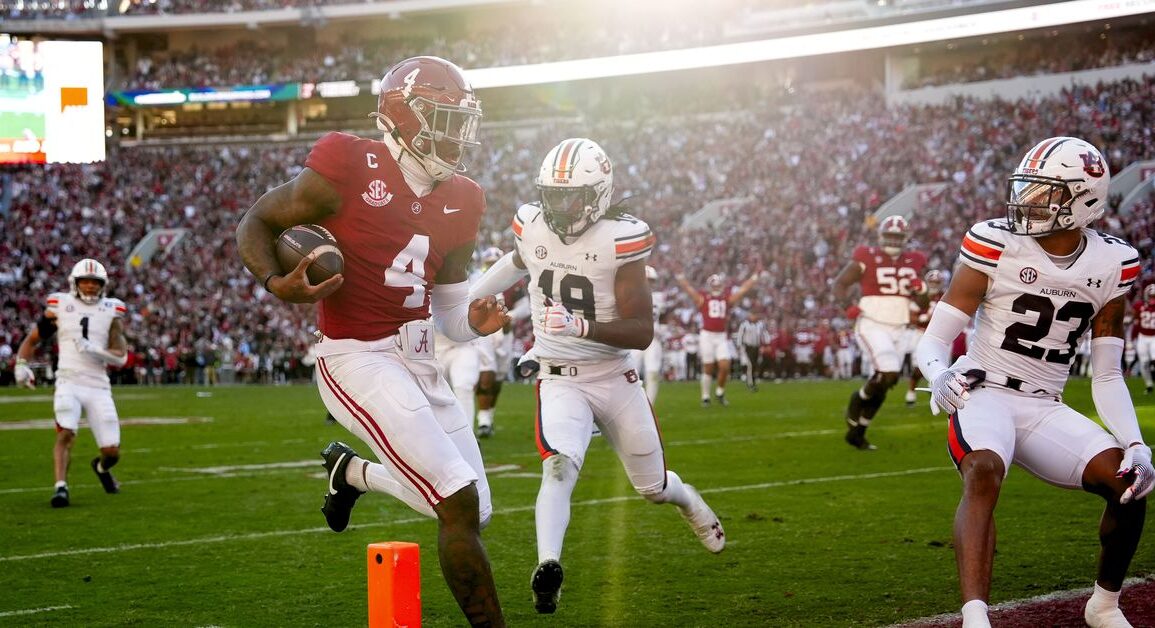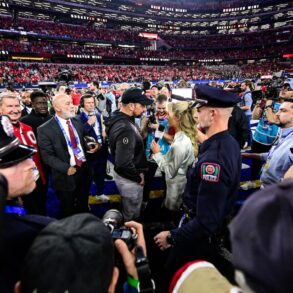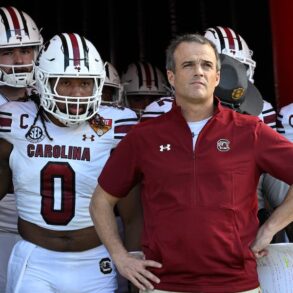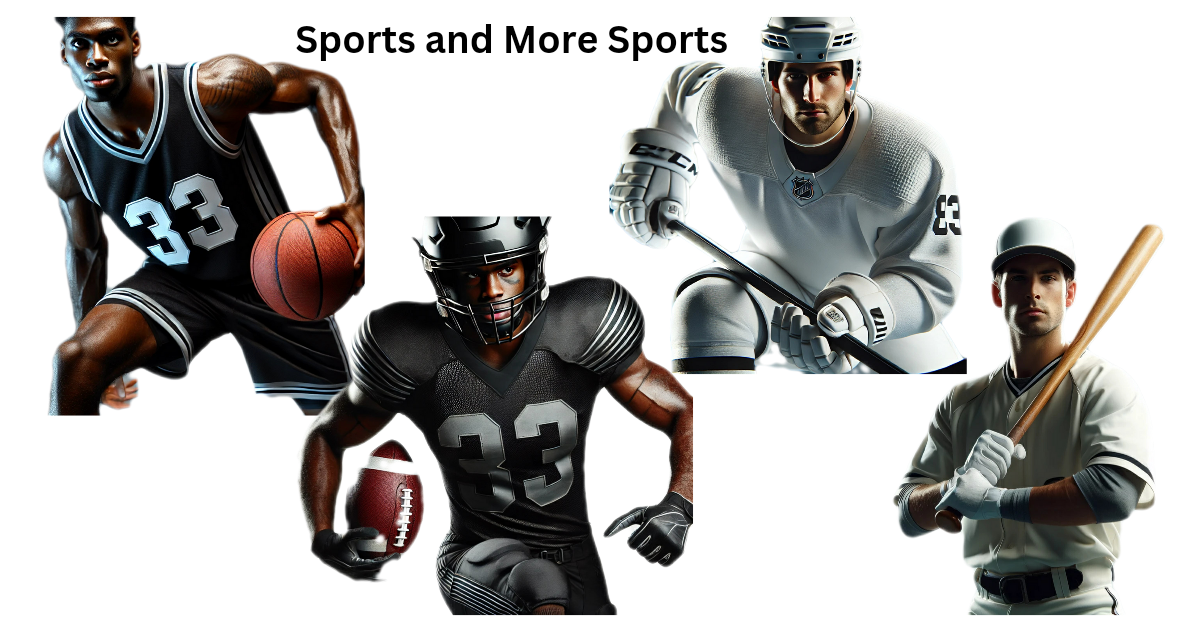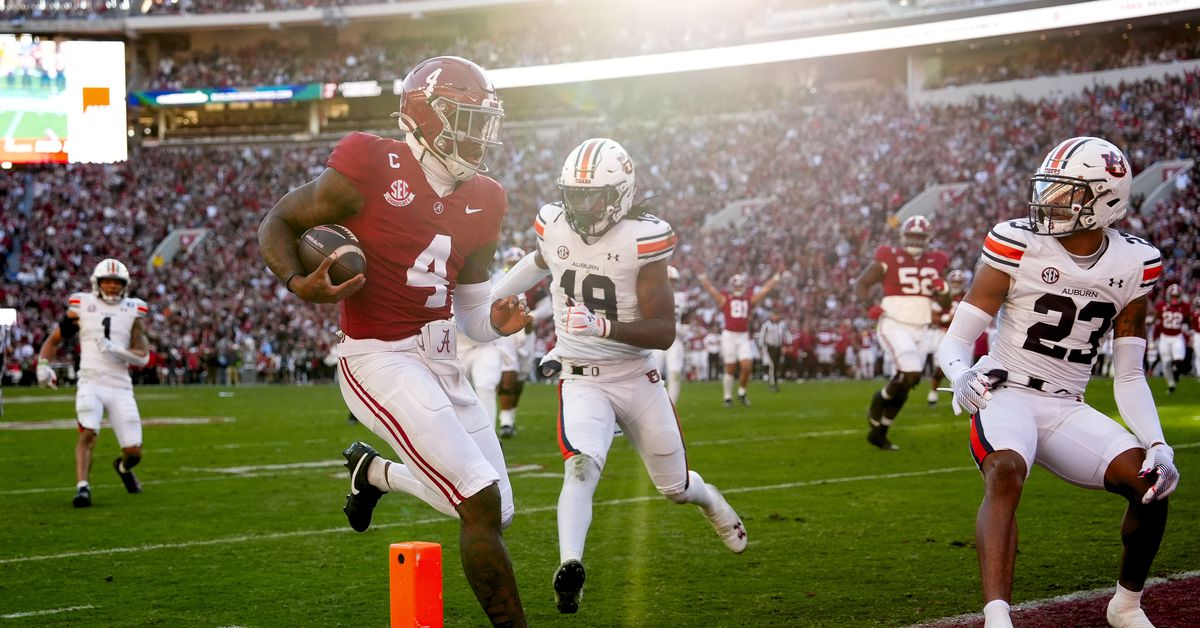
With the recent House settlement behind us and a “salary cap” to be implemented in college football, there’s been plenty of arguing back and forth about what happens next.
Here’s a good piece from Seth Davis of Hoops HQ. It’s behind a paywall, but you can get 1 article for free.
The message being communicated from the very top is clear: Failure is not an option. “The clearinghouse needs to work for the good of college athletics,” Baylor athletic director Mack Rhoades told Hoops HQ. “If it doesn’t, we’re not very smart because we just agreed to pay a lot of money.” Added Big East commissioner Val Ackerman, “I worked in the NBA for many years and I can tell you that in the pro leagues, they take cheating and salary cap circumvention very, very seriously and there are very strong penalties for cheaters.”
The glue that will hold this delicate new house together is the desire of everyone to bring order to the chaos of the last four years, and especially the last few months. “I’ve asked our university presidents and chancellors, our athletic directors, our head coaches, if you want an unregulated open system, just raise your hand and let me know. And universally the answer is no,” SEC commissioner Greg Sankey said in a conference call with reporters three days after Judge Wilken approved the settlement. “They’ve said, we want oversight, we want guardrails, we want structures. Those individuals … have a responsibility to take what they’ve asked for and make it work.”
Besides the antitrust question, the biggest variable is whether the NCAA will be legally allowed to enforce its own rules in the face of strong resistance from state legislatures and judges. That’s why the commissioners and NCAA president Charlie Baker have been furiously lobbying Congress to pass legislation that will give the NCAA some form or antitrust protection. But Congress — as Congress tends to do — has gotten mired in partisan bickering. Many Democrats in particular have objected to the compensation limits in the settlement and are thus reluctant to provide the legal protection the NCAA is requesting.
Of course, if the commissioners wanted to inoculate themselves against lawsuits (and save a lot of money on lawyer fees), they could make the athletes employees, allow them to unionize and negotiate a Collective Bargaining Agreement. But they remain steadfastly opposed, and the National Labor Relations Board, not to mention the anti-union Trump administration, has not seen fit to force the issue. Until and unless that step is taken, the House settlement will serve as a de facto CBA — provided, of course, that it holds up in court.
The most common argument I’ve seen related to this is that deals will now just go under the table. Personally, I don’t think this will be too big of a deal. If athletes are making actual salaries AND can pull in NIL deals, then there aren’t too many sources of money left that would have to be under the table. Sure, Yellawood could decide to give a few million to some recruit to come to his favorite school…. But how many times can his favorite school still lose games before he stops giving money for a hope? For the most part, under-the-table deals just won’t be worth it. And, hopefully, the instances where it is will be obvious ones that can get investigated.
The pros have always had both a salary cap and athletes can get their own endorsement deals. And while some people complained that guys like Tom Brady took less money from the salary cap due to his other revenue streams, it has never really mattered that much. Sure, a QB can get better endorsement deals in New York than in Baltimore, but would YOU rather play for the Jets than the Ravens if the normal salary is equal?
To me, the problem here is the 3rd party agency, Deloitte, being given the power to have a clearinghouse that approves NIL deals based on an algorithmically-decided market value. It’s a fine concept, but I think will wind up losing any legal battle. If a company is willing to pay $2M for someone to show up and sign autographs for a 1-day event, who’s to say that isn’t actual market value?
Honestly, I don’t think that will be a problem for any established college players. Once they’ve played a season or two, we know a lot about them. Nike isn’t going to shell out a whole lot of money for a former 5-star QB that couldn’t cut it in two seasons in two different places. That’s a market that I think will mostly regulate itself.
The high school recruits, though, is a different ball game. What is the price of hope? A new, unproven player is almost always going to be worth more than a proven player in a sport that’s uber-focused on only a single team ultimately having a successful season – and it’s all because of fan psychology. We haven’t seen the freshman QB ever be bad yet, whereas even an elite starting QB is bad 30% of time.
Not that long ago, this was an issue in the NFL, too. Remember Jamarcus Russell? He became one of the highest paid NFL QBs without ever playing a down, and it pretty much broke the league (though it had been building for years). The NFL then revamped the entire pay structure and put rookies on a rigid wage scale while giving veterans access to the “free market”.
I’m not sure how that could be made to work in college, though, without going the route of making all players employees and created a Collective Bargaining Agreement, as mentioned above.
Ultimately, I think this is all a step in a better direction, but the clearinghouse idea will get challenged and likely canned as soon as it tries to enforce something. Adding the revenue sharing will help slow down some of the dollar-chasing. If the NCAA/Colleges can just figure out how to legally enforce their own rules on cheating/tampering AND put some sort of limits on transferring, then I think the sport will stabilize enough that the outlier donor money and dumb NIL deals won’t be much more than a talking point for rival fans.
Anyway, I’ll get off the soapbox now.
In recruiting news, 5-star CB Brandon Arrington was the talk of the town just 24 hours ago after his visit to Bama, but it looks like he’s now cut Alabama out of his list.
On June 16th, the No.1 CB, Brandon Arrington, just flipped the script—and fast. The five-star corner out of Mount Miguel (Calif.) shocked pretty much everyone when he dropped his top two schools on Instagram: Texas A&M and Oregon. That’s it. No Bama. No Penn State. Not even USC or Washington hanging on for dear life. Just the Aggies and the Ducks going head-to-head for the top-ranked athlete in the 2026 class.
What’s wild? Arrington had just finished his official visit to Alabama and sounded all in. Said they were one of the hardest schools not to pick, talked about early playing time and development like it was a done deal. Then—boom—he cuts them, cold. His commitment was supposed to come July 5, but now he’s pushing it up to Thursday, June 19. That’s right, this week. He’s in full decision mode, and the rest of his officials? Canceled or irrelevant.
The Tide already has a commitment from 5-star CB Jorden Edmonds, who’s ranked above Arrington per 247, so it’s far from the end of the world. Arrington would have been a huge win, though, and it did seem like he was really into Tuscaloosa this weekend.
Interestingly, the Tide suddenly has a new target at QB that seems to have come out of nowhere.
Vista Murrieta (Calif.) four-star quarterback Bryson Beaver has emerged as a name to know this summer for teams still looking to add a commitment from a signal-caller.
After picking up an offer from Oregon earlier this week, Beaver promptly announced his decommittment from Boise State. He visited Ole Miss this weekend and added an offer from the Rebels. Now, the 6-foot-3 signal-caller has added Alabama to his offer sheet.
Beaver announced his offer from the Crimson Tide on Sunday via Instagram. According to BamaOnLine’s Andrew Bone, Beaver is currently in Tuscaloosa on an unofficial visit.
I have in no way, shape, or form watched or studied anything about this guy yet, but having a QB named Beaver would be awesome, so I’m all in.
On “The Paul Finebaum Show,” Paul Finebaum was asked why he feels more optimistic about the Crimson Tide this season. His optimism stems from a previously resolved issue within the program.
“I don’t think Kalen DeBoer quite knew how to deal with success,” Finebaum said. “I still can’t really understand the Oklahoma game. That was a complete tune-out. I think he had another problem. The best player on the team, at times, was [quarterback] Jalen Milroe. But he was also the one who would make sure you got beat.”
Finebaum is out here throwing strays. Milroe was extremely inconsistent game-to-game and absolutely hamstrung the team against Oklahoma and Tennessee. However, he also did a lot to win all the games the Tide did win. When an entire gameplan is centered on a single player like it was on Milroe last year, then it’s bound to put them under extreme scrutiny. Every bad play was Milroe’s fault, and every good play was also his fault… All because he had the ball nearly every play.
There was no offensive plan or scheme to find ways to spread some of that pressure to the rest of the team. Imagine if Blake Sims had been asked to carry the ball 170 times in 2014 to go along with his regular volume of passing, while TJ Yeldon and Derrick Henry combined for 220 carries instead of nearly 400.
I said at the top of this article that even an elite NFL QB is only going to be good on 70% of his plays. And Alabama wound up last year with a team that was good 69% of the time while putting the entire offense on one player. The key is creating an offense that can pick up that other 30% and keep the ball moving, and Alabama didn’t have that last year.
Anyway, speaking of Milroe, he seems to be getting a lot of beat reporters in Seattle excited over the last week.
While Darnold and the starting offense had trouble scoring once in two days, Milroe threw four touchdown passes in a half-dozen plays against the third-team defense during seven-on-seven red-zone scrimmaging into the opposite end zone Wednesday.
At one point Wednesday after another sterling throw, Macdonald went up to Milroe to remind him how far he’s come since the first practice of rookie minicamp in early May.
“Routes on air. Man, how much different does it feel compared to two months ago?” Macdonald asked his rookie QB.
Milroe flashed a big smile.
“Man,” he told his coach, “I feel great.”
Milroe ended minicamp for the entire team when he zipped a pass onto the chest of undrafted rookie tight end Marshall Lang from Northwestern up the middle of the field for a touchdown on the final play. All his teammates cheered, and Macdonald called it a day — and a minicamp.
“You see the poise, the fundamental stuff that we’re asking, footwork and timing and reads,” Macdonald said. “But you don’t just do that by showing up every day. You have to be intentional and on record with his work ethic and stuff. That’s really impressive. He’s earned kind of that feeling of confidence right now. He’s earned that feeling going into the summer.”
Kubiak said last week Milroe has been on the field at 4:30 a.m. running through plays. Asked Wednesday if that was accurate, Macdonald smiled and said “I’m not here at 4:30, so I can’t tell you that, specifically.”
Rookie Jalen Milroe throwing today to end #Seahawks minicamp.
These last 2 practices his best so far.
Coach Mike Macdonald told his 3rd-round pick from Alabama during practice how much better he looks now compared to rookie minicamp in May. Milroe flashed him a beaming smile. pic.twitter.com/lh06J9Zpt7
— Gregg Bell (@gbellseattle) June 12, 2025
Will Milroe be an NFL starter this year? Barring injury, it’s unlikely. But he’s fortunately been drafted somewhere that will afford him time to develop and learn without the week in and week out pressure that’s he’s had the last two years. That kind of atmosphere could lead to him really playing up to his abilities and hopefully eliminating some of the mental inconsistencies that have plagued him.
This post was originally published on this site be sure to check out more of their content.
